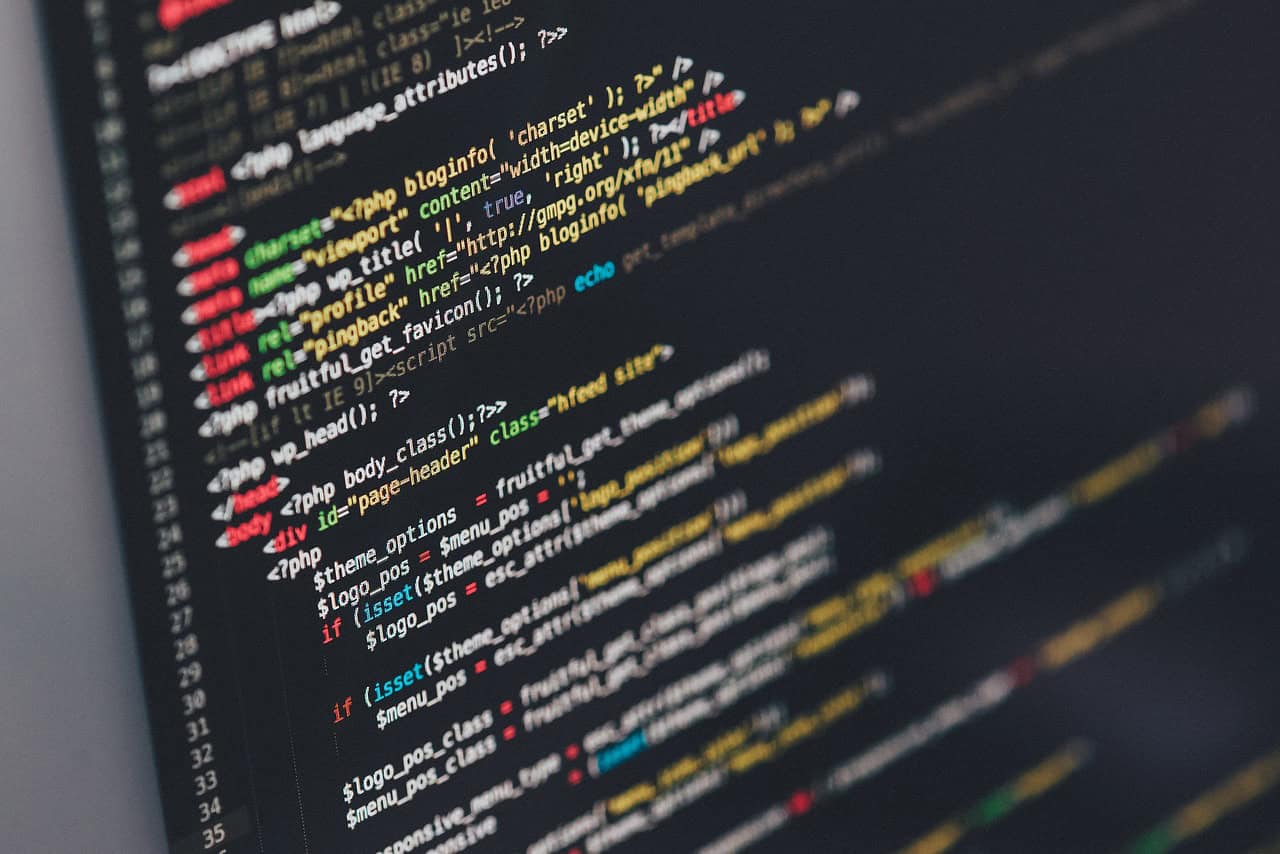Comprehensive Guide to Python Web Development for Beginners
Python web development is a growing field that combines the versatility of Python with the dynamic nature of web applications. In this comprehensive guide, we will explore the basics of Python web development, discuss popular frameworks, and offer practical tips for beginners to get started.
What is Python Web Development?
Python web development involves creating websites and web applications using Python. It entails writing server-side logic to handle HTTP requests and responses, manage data, implement business logic, and render dynamic content.
Why Use Python for Web Development?
- Versatility: Python can be used for everything from simple scripts to complex web applications.
- Ease of Use: Python’s simple syntax makes it beginner-friendly.
- Extensive Libraries: Python has numerous libraries and frameworks, including Django, Flask, and Pyramid, to simplify development.
- High Productivity: Quick development with less code leads to higher productivity.
Setting Up Your Development Environment
- Install Python: Download the latest version of Python from the official website and follow the installation instructions.
- Choose a Web Framework: Some popular frameworks are:
- Django: Ideal for rapid development of complex applications.
- Flask: A lightweight framework suitable for small to medium web apps.
- Pyramid: Flexible for both small and large applications.
- Set Up a Virtual Environment: Organize your project with a virtual environment using `virtualenv` or Python’s built-in `venv` module.
Key Features of Popular Python Web Development Frameworks
Django
- URL patterns for defining app URLs.
- Integrated authentication system.
- Powerful admin interface for CRUD operations.
- Multiple caching mechanisms.
Flask
- Lightweight and flexible for small projects.
- Supports extensions for various needs.
- Simple structure for rapid development.
Pyramid
- Highly flexible and minimalistic.
- Route configuration through URL dispatch.
- Comprehensive testing and documentation support.
Tips for Beginners
- Start with Flask: Its simplicity makes it perfect for beginners.
- Use Virtual Environments: Isolate project dependencies.
- Learn Django: A powerful framework to build robust applications quickly.
- Practice with Real-World Projects: Start small and gradually increase complexity.
- Join Online Communities: Communities like GitHub and Stack Overflow are great resources for learning and networking.
Conclusion
Python web development offers immense opportunities for aspiring developers. By understanding the frameworks available, setting up a suitable development environment, and engaging in practical projects, you can effectively build dynamic web applications. With Python’s simplicity and powerful libraries, your journey into web development is well-supported.
Further Reading
Python Web Development Projects and Applications
Key Projects
- Simple Blog Application: Create a basic blog using Flask that allows users to create, edit, and delete posts.
- Personal Portfolio Website: Build a personal portfolio site with Django, showcasing your projects and skills.
- E-commerce Store: Develop a fully functional e-commerce platform using Django that incorporates product listings, cart functionality, and user authentication.
- RESTful API: Implement a RESTful API using Flask to serve data to a frontend application.
Python Code Examples
Simple Blog Application with Flask
from flask import Flask, render_template, request, redirect
app = Flask(__name__)
posts = []
@app.route('/')
def index():
return render_template('index.html', posts=posts)
@app.route('/add', methods=['POST'])
def add_post():
post = request.form.get('post')
posts.append(post)
return redirect('/')
if __name__ == '__main__':
app.run(debug=True)
Building a Personal Portfolio with Django
from django.shortcuts import render
def portfolio(request):
return render(request, 'portfolio.html')
Creating a RESTful API with Flask
from flask import Flask, jsonify
app = Flask(__name__)
@app.route('/api/data', methods=['GET'])
def get_data():
sample_data = {'name': 'John', 'age': 30}
return jsonify(sample_data)
if __name__ == '__main__':
app.run(debug=True)
Real-World Applications
Python web development plays a critical role in various industries:
- Content Management Systems: Frameworks like Django and Flask are commonly used to create CMS platforms for managing digital content.
- Data Analytics Platforms: Python’s data analysis libraries can be incorporated into web applications for data visualization and reporting.
- Social Media Applications: Many social networking sites utilize Python due to its robust frameworks for handling user authentication and interactions.
- E-commerce Solutions: Python enables the development of scalable e-commerce platforms, providing features for inventory management, payment processing, and user accounts.
Next Steps
Now that you have a solid understanding of Python web development, it’s time to dive deeper. Start by working on small projects using Flask to hone your skills and enhance your understanding. As you progress, consider learning Django for more complex applications.
Additionally, explore more resources and tutorials to broaden your knowledge. Check out our detailed article on web development in Python for advanced techniques and best practices. Engaging with online communities will also provide further insights and support throughout your learning journey.
Finally, don’t forget to practice impromptu coding exercises and to stay updated with the latest trends in Python web development to keep your skills fresh and relevant.

1 thought on “Unlock Your Future: A Beginner’s Comprehensive Guide to Python Web Development”
Comments are closed.